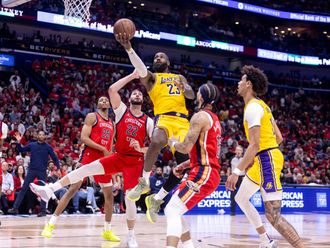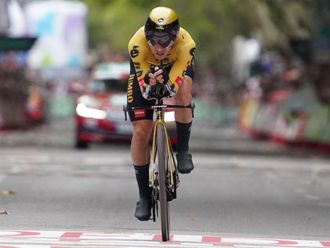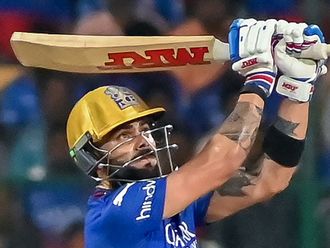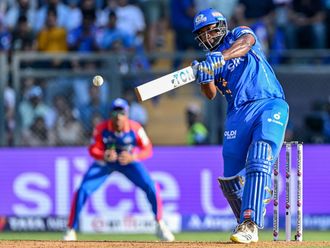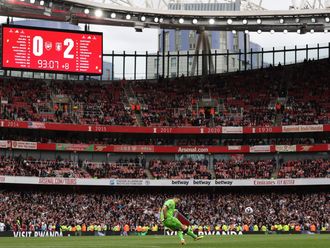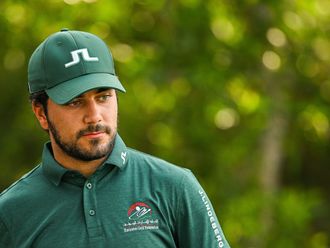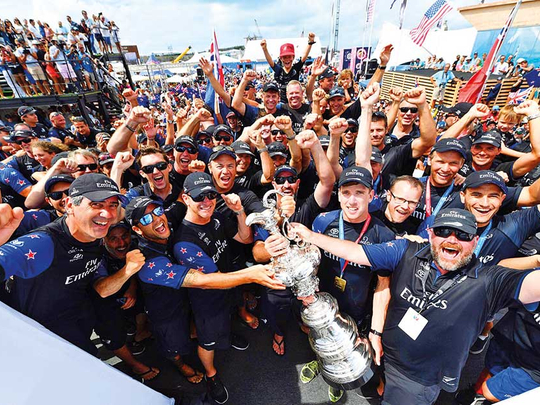
Dunedin: Two and half hours before dawn broke in the southern hemisphere, thousands of New Zealanders crawled from their warm beds to cheer for a team of youthful underdogs who have remained stoic and inscrutable throughout an America’s Cup regatta that has featured a dramatic capsize, constant sledging and a team budget that looks like pocket money to their competitors.
After the devastating 2013 defeat to Oracle in San Francisco the home crowds kept their hopes for victory in check, and right up until the end were careful with their tenses. There was no when we win the cup. Only if, if, if.
“The loss in San Francisco was horrific for the whole country and no one was going to celebrate till they crossed that line,” said Nick Wrinch, the commodore of the Tauranga Yacht and Power Boat Club, where New Zealand helmsman Peter Burling — the youngest ever to win an America’s Cup — learnt to sail as a kid.
“The team didn’t have much money and that was almost an advantage because it made them think, it forced them to get creative on a small budget. And I think that was a huge part of their success.”
At the Yacht Research Unit at Auckland University, absenteeism by a few bleary-eyed mechanical engineering academics would be overlooked today, said associate professor Peter Richards. Like New Zealand Prime Minister Bill English, who posted a video of himself celebrating victory in his pyjamas, Richards got up to watch the watched the final hurdle on his lounge-room telly.
“On a good day there can be thousands of boats on Auckland harbour, from tiny one-maners to the mega yachts,” said Richards, who hoped Burling might return to his mechanical engineering degree at university, but since the win today, realised this may be a rather unlikely prospect for the celebrated sportsman. “It is something that is a very real part of New Zealand’s identity, and this team were willing to take risks, they had nothing to lose.”
A 10-minute walk down the hill on the shore of the Waitemata harbour, hundreds of people gasped and groaned their way through the early-morning race event at the New Zealand Maritime Museum, clutching hot drinks in the dark and waiting for the moment of release when coffee could be substituted for champagne.
“It got really wild here, it was quite incredible and very special,” says Samantha Alexander of the maritime museum, who watched the final race surrounded by Kiwi maritime history.
“For weeks there has been this tension building, this really careful, cautious optimism — no one wanted to jinx it. But we are an island surrounded by a huge ocean: sailing is in our blood.”
Some 241km north of Auckland in the small coastal town of Kerikeri, commodore Doug France and around 40 locals gathered at the yacht club to watch local boy Blair Tuke cross the finish line, focused and clinical to the very end — miles calmer than his friends and family back home. “We were extremely nervous, I’ve been very nervous for over a week now,” said France.
“Blair has been sailing here since he was a kid, he was always going to be a natural sailor, he has a real affinity with the water. But it is his partnership with Burling that has set them alight, they have incredible rhythm together and make each other the best they can be.”
The America’s Cup was only available live on satellite television to New Zealanders, so many had followed “old-school” radio and newspaper reports, said professor Mark Orams, the head of the sport and recreation school at Auckland University of Technology.
— Guardian News & Media Limited, 2017




